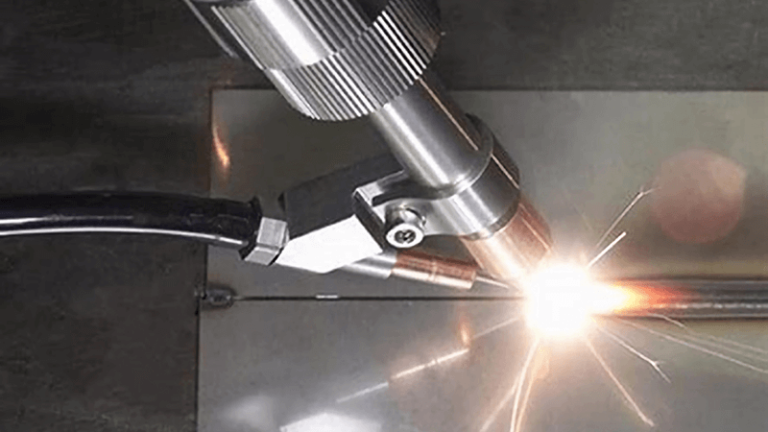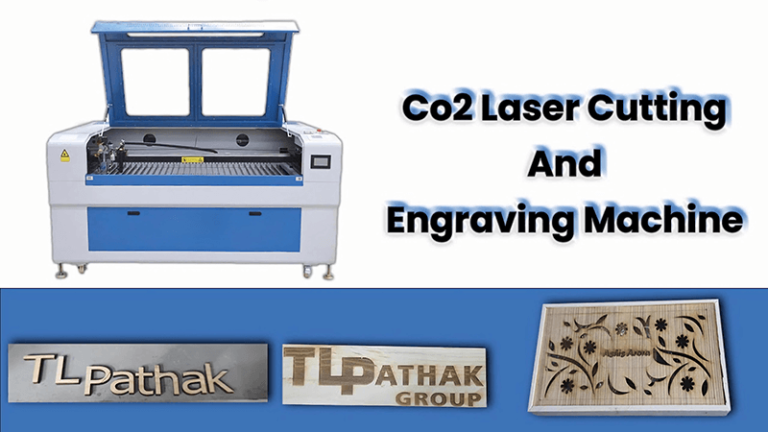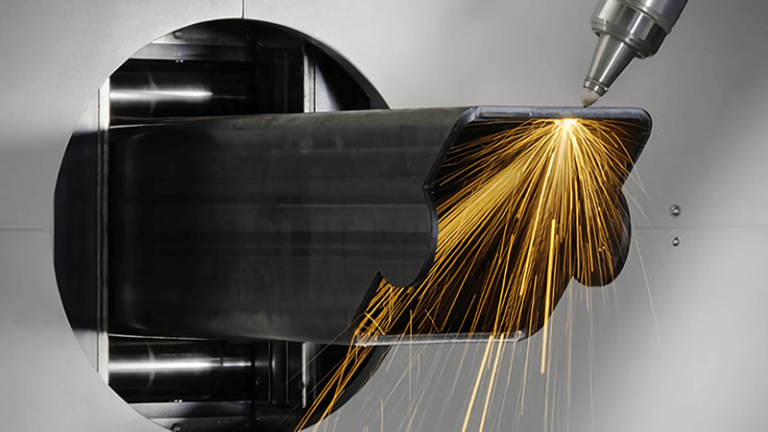Introduction
Ever wondered how much an air-cooling fiber laser welding machine costs in 2024? With advancements in laser technology and increasing demand across various industries, understanding the cost factors is crucial. Let's dive into the specifics and explore the landscape of these cutting-edge machines.
Typically, the cost of an air-cooling fiber laser welding machine in 2024 ranges from $3,000 to $6,500. This range can vary based on several factors, including power output, brand, and additional features.
Laser welding machines have revolutionized manufacturing, and their prices reflect the technology and efficiency they bring to the table.
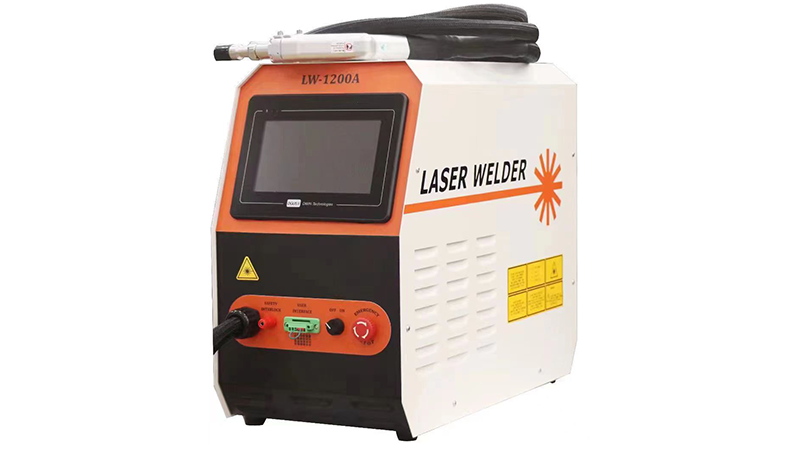
Understanding Fiber Laser Welding Machines
Fiber laser welding machines use a high-powered laser beam to join materials, providing precision and strength. The air-cooling system helps maintain the machine's temperature, ensuring consistent performance without the need for complex water-cooling setups.
The advantages of air-cooling systems include easier maintenance and lower operational costs. The advantages of air cooling systems include easy maintenance and low operating costs. They are ideal for environments with temperatures between 0°C and 40°C and feature simple interfaces that require minimal setup. Air-cooled laser welding machines are more compact, enhancing their flexibility and mobility.
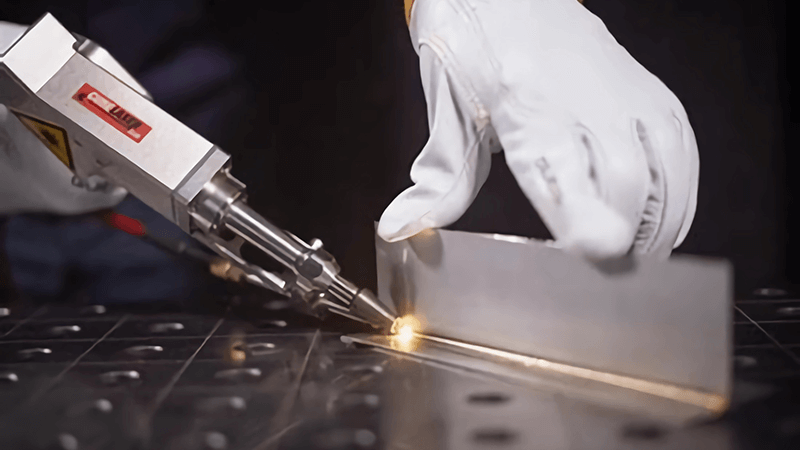
Factors Affecting the Cost
Several factors influence the price of an air-cooling fiber laser welding machine. Key considerations include power output, with higher power machines costing more. Additionally, the brand and country of origin play significant roles in determining the price.
For example, a air-cooled laser welding machines come in power options of 800W, 1000W, 1200W, 1500W, and 2000W, each with different pricing. For example, an 800W handheld air-cooled laser welding machine costs approximately $3,000, while the 2000W model can reach up to $6,500.
Comparing Air-cooling vs. Water-cooling Systems
There are several air cooling techniques. The first is fan cooling, the second is heat pipe cooling, and the third is compressor cooling. Regardless of the method, air cooling offers a simpler structure and lower costs, while water cooling requires pumps, water tanks, and piping, making it more complex. However, water cooling can handle higher power outputs and is generally more efficient for heavy-duty operations. This is why water-cooled welding machines can reach up to 3kW, while air-cooled machines are limited to 2kW.
The choice between air cooling and water cooling depends on specific needs. For moderate use and simple setups, air cooling is usually sufficient and more economical.
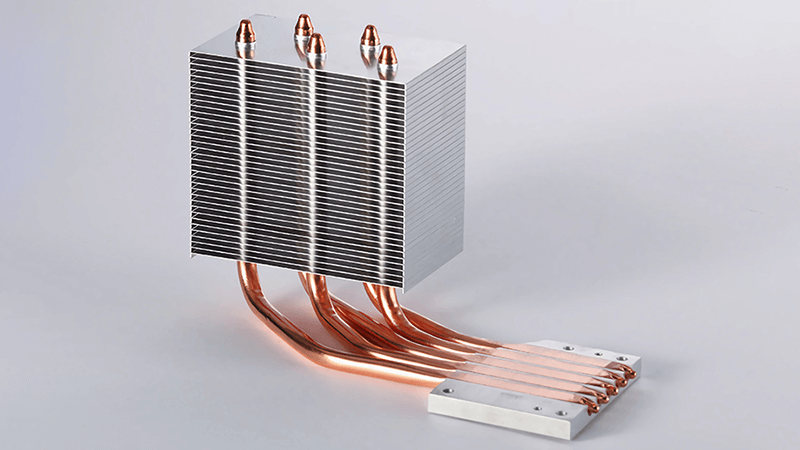
Real-world Applications
Air-cooling fiber laser welding machines are used in various industries, including automotive, aerospace, and electronics. Their precision and efficiency make them ideal for tasks such as welding car bodies, aircraft components, and delicate electronic parts. In one case study, a manufacturer of automotive parts saw a 30% increase in production efficiency after switching to an air-cooling fiber laser welding machine.
Air-cooled welding machines offer significant advantages across various sectors due to their efficient, compact, and cost-effective design. Here are some notable application cases and benefits, specifically featuring Kirin Laser models with power ratings of 800W, 1000W, 1200W, 1500W, and 2000W:
Automotive Industry by Air-cooling Fiber Laser Welding Machine
Kirin Laser: These machines are widely used in the automotive industry for high-precision and efficient welding of various materials. Their portability and ease of use make them suitable for on-site repairs and manufacturing processes.
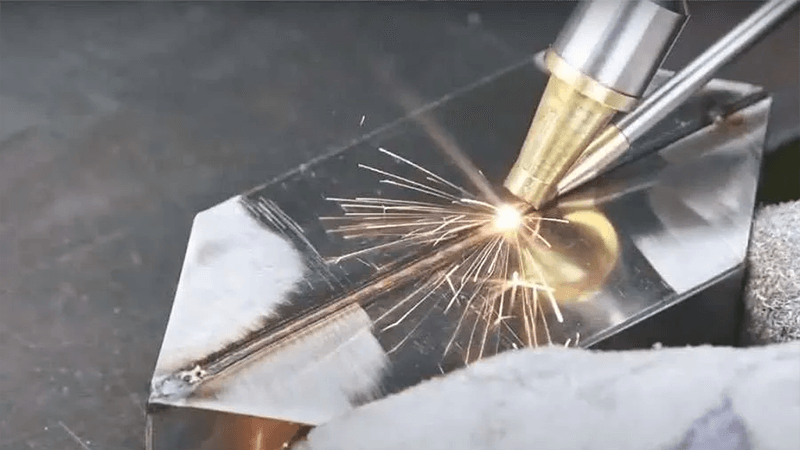
Construction and Manufacturing by Air-cooling Fiber Laser Welding Machine
Kirin Laser: In construction, these machines are used for welding thin-walled materials and precision parts, making them particularly useful in producing stainless steel furniture, elevator components, and aluminum alloy door frames.
Medical Devices and Electronics by Air-cooling Fiber Laser Welding Machine
Kirin Laser: In the medical device and electronics industries, these machines are favored for their ability to perform precise welding with minimal heat distortion, ensuring high-quality joins in sensitive components.
General Industry Applications by Air-cooling Fiber Laser Welding Machine
Kirin Laser: These versatile tools are used in various environments, including general manufacturing and the energy sector, providing reliable performance, ease of maintenance, and reduced operational costs.
Tool and Mold Making by Air-cooling Fiber Laser Welding Machine
Kirin Laser: These machines offer efficient welding solutions for tool and mold making, ensuring durability and sturdiness in welded products, which is critical for these applications.
Overall, Kirin Laser's air-cooled welding machines are highly adaptable and beneficial across different sectors, offering high-quality welds, operational efficiency, and cost savings. By leveraging these advanced welding technologies, businesses can achieve significant improvements in production efficiency and product quality.

Brand and Model Considerations
Popular brands in 2024 include Kirin Laser, Han's Laser, and IPG Photonics. Each brand offers models with varying power outputs and features. When choosing a machine, consider factors such as power, ease of use, and after-sales support.
A Kirin Laser 1500W air-cooling model might cost around $5,000, offering robust performance and excellent support.
Where to Buy Air-cooling Fiber Laser Welding Machine?
When it comes to purchasing these machines, several options are available:
Trusted Suppliers and Manufacturers
Engaging with trusted suppliers and manufacturers directly is often the best route. Companies like Kirin Laser offer high-quality machines with comprehensive support packages. They provide customization options and ensure that the equipment meets your specific needs.
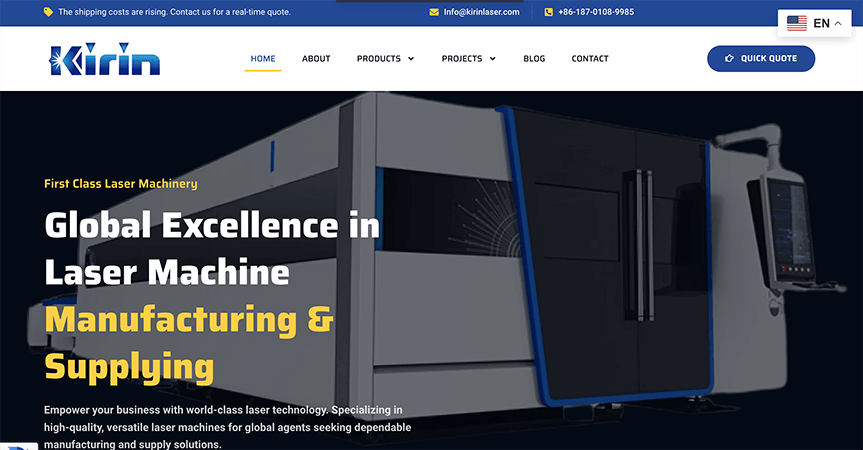
Online Platforms and Trade Shows
Online platforms like Alibaba and global trade shows can also be valuable resources. These venues allow you to compare various models and prices from different manufacturers, helping you make an informed decision.
Cost-saving Tips
To get the best deal on an air-cooling fiber laser welding machine, consider purchasing during trade shows or promotional periods. Additionally, exploring financing or leasing options can help manage upfront costs.
Negotiating with suppliers and asking for bundle deals can also lead to significant savings.
Frequently Asked Questions
Here are thirteen frequently asked questions (FAQs) about air-cooled laser welding machines, including simple and professional answers:
1>. What is the main difference between air-cooled and water-cooled laser welding machines?
Air-cooled laser welding machines use fans to dissipate heat, while water-cooled machines use a water tank system for cooling. This difference affects their size, weight, and cooling efficiency.
2>. What are the advantages of using air-cooled laser welding machines?
They are generally more portable, easier to set up, and require less maintenance compared to water-cooled systems. They are also energy-efficient and suitable for mobile scenarios.

3>. Are air-cooled laser welding machines suitable for all types of welding?
They are ideal for welding thin-walled materials and precision parts, making them suitable for applications like automotive, aerospace, and electronics.
4>. How does the cooling mechanism of air-cooled laser welding machines work?
Air-cooled systems use fans to direct ambient air over heat-generating components, dissipating heat and maintaining optimal operating temperatures.
5>. What are the typical applications for air-cooled laser welding machines?
These machines are used in various industries including automotive, aerospace, electronics, construction, and manufacturing for tasks like spot welding, butt welding, seam welding, and stack welding.
6>. What are the maintenance requirements for air-cooled laser welding machines?
Maintenance involves keeping the fans and air ducts clean to ensure proper airflow. There is no need for water-related maintenance, making them easier to manage.

7>. Can air-cooled laser welding machines operate continuously?
Yes, many air-cooled laser welding machines can operate continuously for extended periods, typically up to 18 hours, without overheating.
8>. How does the efficiency of air-cooled systems compare to water-cooled systems?
While air-cooled systems are less efficient in terms of heat dissipation compared to water-cooled systems, they are adequate for less demanding applications and offer greater portability and ease of use.
9>. What materials can be welded using air-cooled laser welding machines?
They can weld a wide range of materials including stainless steel, carbon steel, galvanized sheets, aluminum alloys, brass, and copper.
10>. What are the power options available for air-cooled laser welding machines?
Air-cooled laser welding machines are available in various power ratings, typically ranging from 800W to 2000W, allowing users to choose based on their specific application needs.
11>. What is the lifespan of an air-cooled fiber laser welding machine?
Typically, these machines last around 10 years with proper maintenance.
12>. Can air-cooling systems handle high-power outputs?
Yes, air-cooling systems can handle high-power outputs, but for extremely high power, water-cooling might be more efficient.
13>. Are there any hidden costs?
Consider the cost of maintenance and consumables, which can add up over time. Regular upkeep is essential to ensure optimal performance and longevity.
Conclusion
Understanding the cost of an air-cooling fiber laser welding machine in 2024 involves considering several factors, from power output to brand and cooling system type. These machines are invaluable in various industries, offering precision and efficiency. For more detailed information and personalized quotes, feel free to contact us. Let's find the perfect solution for your needs.
References:
1>. "Air-cooling fiber laser welding machine", from IPG.


